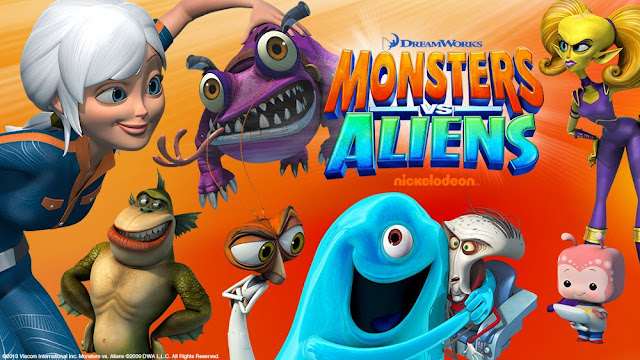Five Things that Should Stay the Same in Video Gaming
Because I'm a video gaming geek, I think I'm very fortunate to have been born at a time when I could witness video gaming during its earliest days (e.g., the early generations of home gaming consoles, early video game magazines, coin-op arcades in shopping malls everywhere, etc.) and its subsequent evolution into what it has become today. While so many more changes are waiting on the horizon, here is my list of five things that I hope remain consistent in future generations of video game systems and titles. Read on ...
Before I get to the list, here's a little bit about my personal gaming background. My first game console was the Atari 2600, followed by the Atari 7800 and the Sega Master System. I mostly tuned out of gaming during the '90s, but got back into home consoles when I picked up Nintendo's GameCube back in 2003. This was followed by Nintendo's Wii and Wii U, which is my current console of choice. As you can see from my list, my opinions have been strongly influenced by Nintendo's approach to video game entertainment.
5. Access to older video games: Thanks to the rise of digital entertainment, people can access older novels, music, movies and TV shows (both classic and obscure) with little difficulty; video games should be no different. Whether this means keeping older games available through reverse compatibility in game consoles; occasional releases of classic game bundles; or keeping older titles available on game download sites such as Steam, gamers should be able to revisit earlier titles in order to better appreciate how gaming has changed over time.
A bundle of classic Konami games.
4. Recurring gaming/social environments: I suppose this could apply to massive multiplayer online role-playing games (MMORPGs) such as World of Warcraft, but I'm thinking more in terms of casual and relaxing environments throughout the releases of a console line or a gaming series where players can either interact or at least see each other's avatars. I loved Nintendo's Wuhu Island when it first appeared on the Wii in Wii Sports Resort, so it felt reassuring when it returned in other titles such as Wii Fit U and Pilotwings Resort. I felt like was making a return visit to a favorite place, and I think that gaming companies could encourage plenty of repeat business by creating familiar and welcoming virtual locations that players can associate with a particular brand.
Nintendo's Wuhu Island.
3. Creative usage of interactive technology: I've read countless articles and discussion board rants that accuse Nintendo's interest in exploring new kinds of gaming peripherals--such as motion controllers, Balance Boards, and GamePads--as nothing but an empty, short-term fad. Yet what Nintendo appears to understand is that unlike other forms of digital entertainment, video games can use interactive technologies to change the experiences they deliver to customers and in turn expand what video games are capable of accomplishing. Titles such as Boom Blox, Red Steel 2 and ZombiU could have been standard video games, but their creative usage of interactive peripherals made them into something much more unique and engrossing than other games of their type. Likewise, motion controls have shown that video games can actually be used for fitness activities--something no one would have predicted for an entertainment medium that is frequently associated with sitting in a single place for hours at a time.
Above and below: Ikenie no Yoru (a.k.a., Night of Sacrifice), the first (and only)
survival horror game to use the Wii Balance Board.
2. Creative usage of graphics: I remember when video games had to wrestle with the limitations of 8-bit graphics in order to deliver an addictive gaming experience. Now that graphics have advanced to the point of near photorealism, it's a treat to see game developers explore other forms of visual expression when creating new games. Whether it's the cartoony hyper-violence of MadWorld, the pop-up book experience of Tengami, or the delightful tributes to the art of M.C. Escher in The Bridge, developers should keep experimenting with how games look in order to keep gamers eager to see what wondrous interactive worlds are waiting for them in the titles yet to come.
The gorgeous woodcut and watercolor art styles of Okami.
1. Cheat codes: The best thing I ever did with my Wii was to install the Homebrew Channel and set it up so that I could load Gecko cheat codes into games that kept me in a stalemate due to challenges that I couldn't beat. I know that some gamers abhor cheat codes, but they're a godsend for those of us who want to have the full experience of the games we buy without the frustration that comes with playing the same levels over and over again and not getting anywhere.









Comments
Post a Comment